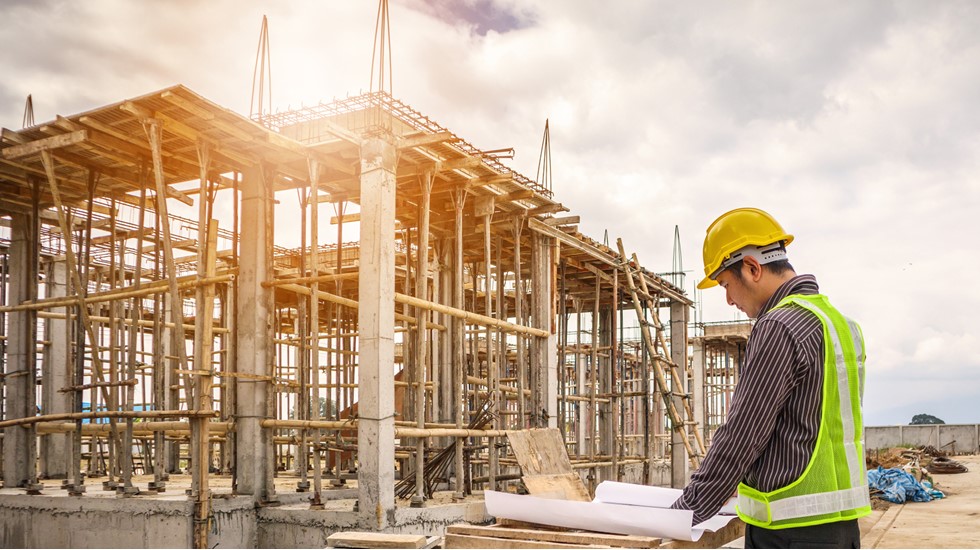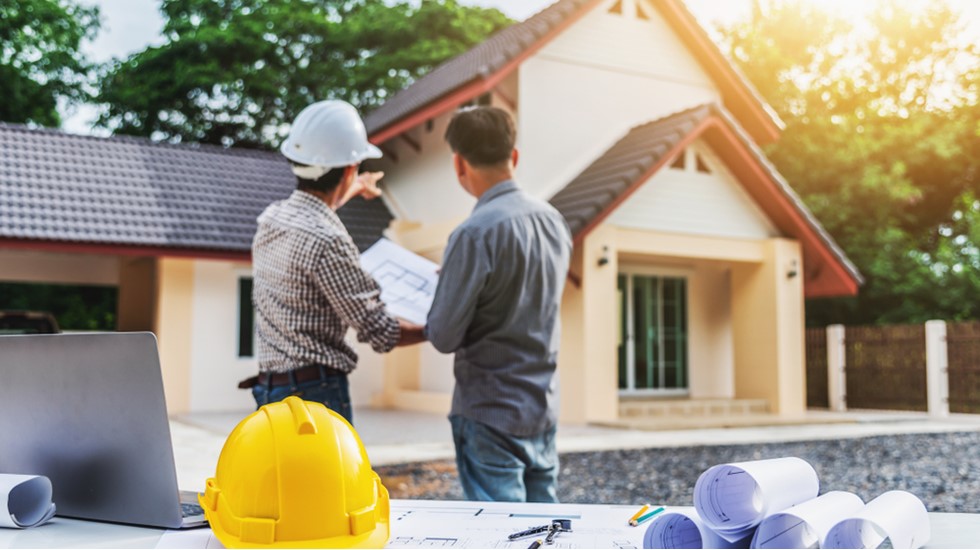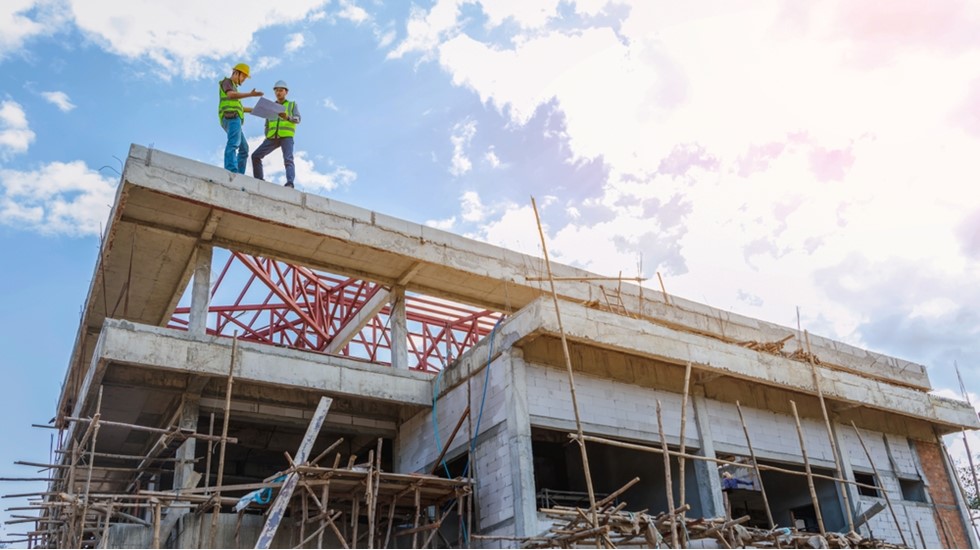Housing starts fall sharply
Builders hit by higher costs as demand contracts

June 18, 2025
New home construction, known as housing starts, plunged 9.8% due to slumping multifamily starts. On a three-month moving average, starts fell 5.5%, the biggest drop since August 2023. Mortgage rates rose in May, which added to the already high hurdles to affordability. Consumer attitudes regained a bit of ground when the administration paused some of its most prohibitive tariffs but remain well below their post-election peak.
Big-ticket purchase decisions like homes and cars occupy the front lines of slowing consumer spending and tend to be the first sectors hit when the economy slows. High levels of uncertainty are exacerbating that weakness.
Single-family starts eked out a 0.4% gain but were 7.3% lower than a year ago. The Midwest and West led the monthly gains. Just over one million single-family homes were completed, mostly in the South.
Markets with significant housing shortages, like the Northeast, reported only 56,000 single-family homes completed in May. Builders are unable to ramp up construction even if mortgage rates were to fall, because of labor shortages, rising input costs and land and regulatory hurdles.
Multifamily starts dropped 30.4% but the series is highly volatile. On a three-month moving average, multifamily starts lost 5.4%, the most since November 2024.
A significant supply of apartments came on line in 2024 and early 2025, so rents have been falling in the best-supplied markets. That is especially evident in Sunbelt and Mountain states. Rents are poised to rise when new apartment construction is absorbed, which has been happening faster than many developers anticipated. Those who cannot buy, rent instead. That has led renters to stay put longer, while younger workers flock to urban areas where rents are starting to firm.
Building permits, a signal of future construction activity, fell 2% on lower single-family home permits. Builders are facing pressures from both rising costs and falling demand, compressing margins. Builder consolidations are expected as the smaller, private builders are unable to absorb the costs of incentives needed to lure sidelined buyers. Large, publicly traded builders are better positioned to provide incentives and absorb rising input costs.
Builder sentiment plunged in June to the lowest level since December 2022 when mortgage rates were doubling at the fastest pace on record. Scant traffic from prospective buyers adds to the unfavorable sales conditions. A record 37% of builders surveyed by the National Association of Home Builders reported price cuts while 62% offered some type of sales incentives, including mortgage rate buydowns.
Residential investment will be a drag on growth for the remainder of the year.

Yelena Maleyev
KPMG Senior Economist
Bottom Line:
Twin pressures from higher construction costs and lower demand are putting builders in a wait-and-see mode as the traditionally busy spring home-buying season is off to a sluggish start. We have yet to see the full effects of higher tariffs and lower immigration on housing construction. Residential investment will be a drag on growth for the remainder of the year.
Explore more

Multifamily housing starts expanded
There is no silver bullet.

KPMG Economics
A source for unbiased economic intelligence to help improve strategic decision-making.

Construction spending fell monthly and annually
Construction is cooling.
Subscribe to insights from KPMG Economics
KPMG Economics distributes a wide selection of insight and analysis to help businesses make informed decisions.
Meet our team
